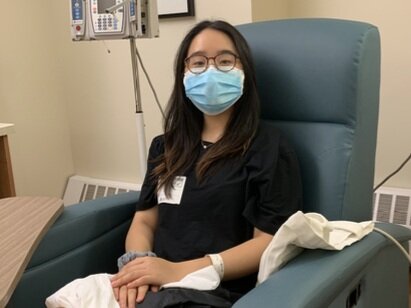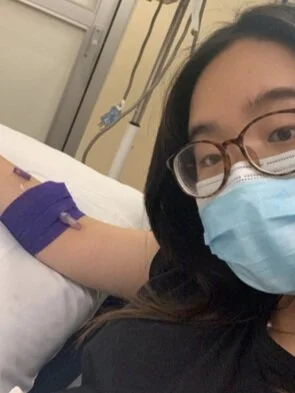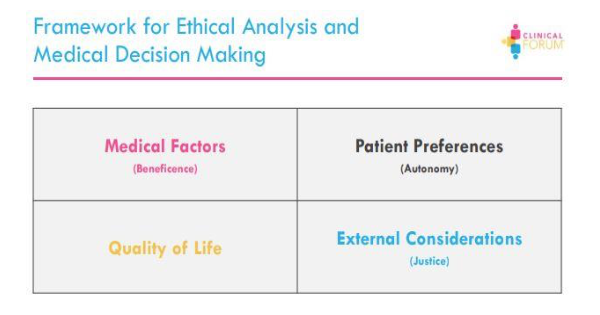As I continue my journey navigating the ever-expansive world of chronic illness, I often find that I am always eager to learn more. I feel that increasing the amount of media and literature surrounding disability and chronic illness helps me understand more about myself and my personal journey. While on my search for sociological literature related to chronic illness, I stumbled across an exciting book recommendation, Exile and Pride: Disability, Queerness, and Liberation by Eli Clare. Upon getting this recommendation, I was so excited to delve into this subject matter since I have never been exposed to a book that so openly discussed disability and its intersection with many other identities.
To put it simply, Exile and Pride is a discussion of disability politics. Writing from a place of experience, Eli engages in a vast number of topics ranging from a lack of visibility to radical queer theory. Eli forces you to question your overall sense of self (in the best way possible) and tries to expand your understanding of what it's like to live with multiple intersecting identities. Grappling with the chronically ill portion of my identity has been an interesting and challenging process; this book gave me the space to self-reflect and better understand not only the different levels of my experience with chronic illness, but my perspective of the overall world in which we navigate.
“I often feel like an impostor as I write about disability, feel that I’m not disabled enough, not grounded deeply enough in the disability community, to put these words on paper.”
Here are some of my favorite quotes from the book:
“The non-disabled world is saturated with stories: stories about disabled people who engage in activities as grand as walking 2,500 miles or as mundane as learning to drive. They focus on disabled people “overcoming” our disabilities. They reinforce the superiority of the nondisabled body and mind. They turn individual disabled people, who are simply leading their lives, into symbols of inspiration.”
“Laugh and cry and tell stories. Sad stories about bodies stolen, bodies no longer here. Enraging stories about the false images, devastating lies, untold violence. Bold, brash stories about us reclaiming our bodies and changing the world.”“I often feel like an impostor as I write about disability, feel that I’m not disabled enough, not grounded deeply enough in the disability community, to put these words on paper.”
“The body as a home, but only if it is understood that bodies are never singular, but rather haunted, strengthened, underscored by countless other bodies. The body as a home, but only if it is understood that place and community and culture burrow deep into our bones. The body as a home, but only if it is understood that language, too, lives under the skin. The body as a home, but only if it is understood that bodies can be stolen, fed lies and poison, torn away from us. The body as a home, but only if it is understood that the stolen body can be reclaimed.”
There are countless quotes in the book that are salient to the chronic illness experience. I feel like inadequacy, infantilization, and many other concepts mentioned are felt throughout much of the community. Living with ulcerative colitis is like wandering through a maze, the path will never be clear, but some parts of the journey will be less confusing than others. This book reinforced this idea. We often don't have the luxury or privilege to have access to literature specifically for our community, especially intersectional literature. If you’re looking to understand more about body identity, disability history, personal experiences, oppression, power, and liberation with a few laughs along the way, I highly recommend this book!
This article is sponsored by Connecting to Cure.
Connecting to Cure Crohn’s and Colitis is a grassroots, volunteer organization that brings together the IBD community with a focus on caregivers and families. Connecting to Cure Crohn’s & Colitis provides community and support for those coping with these chronic illnesses, while raising awareness and funds for research as well.

























